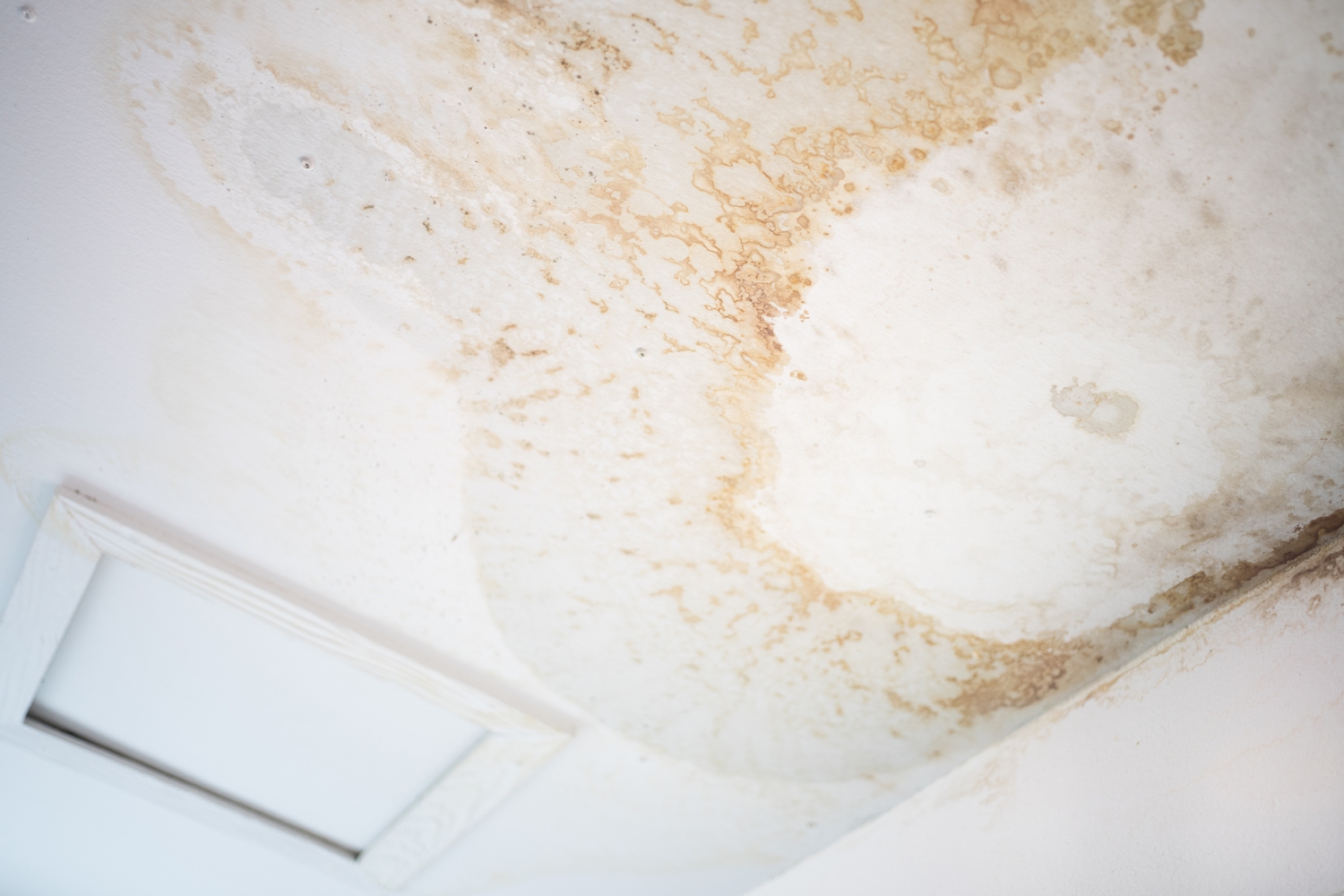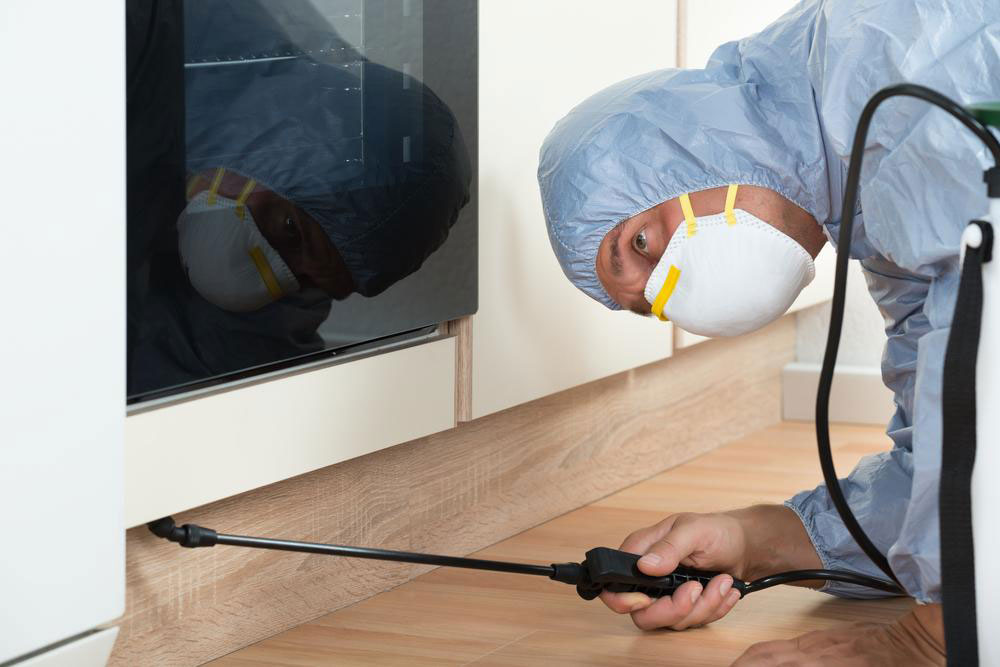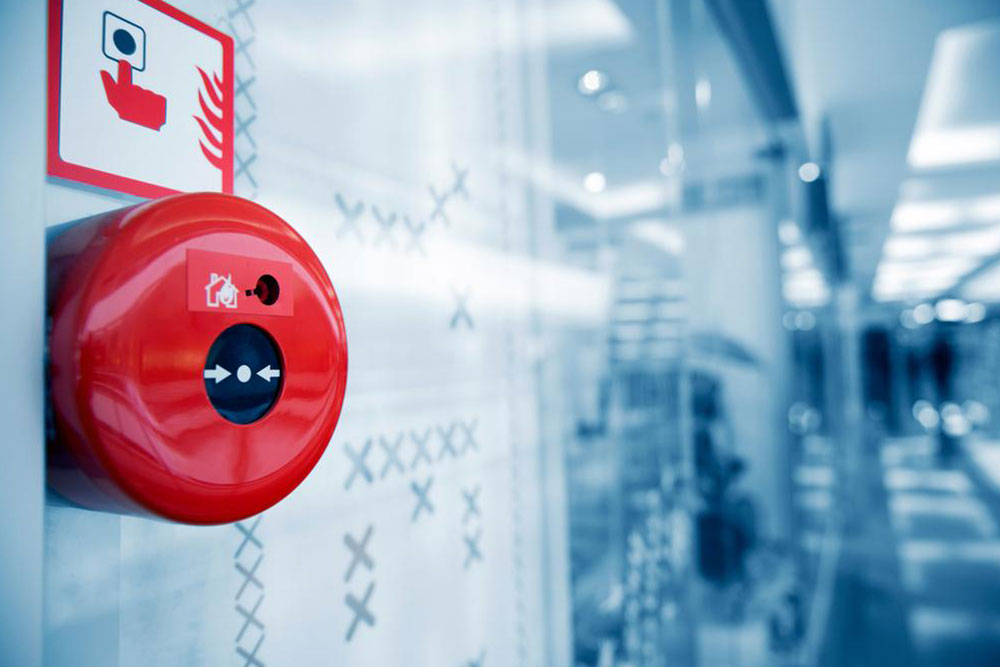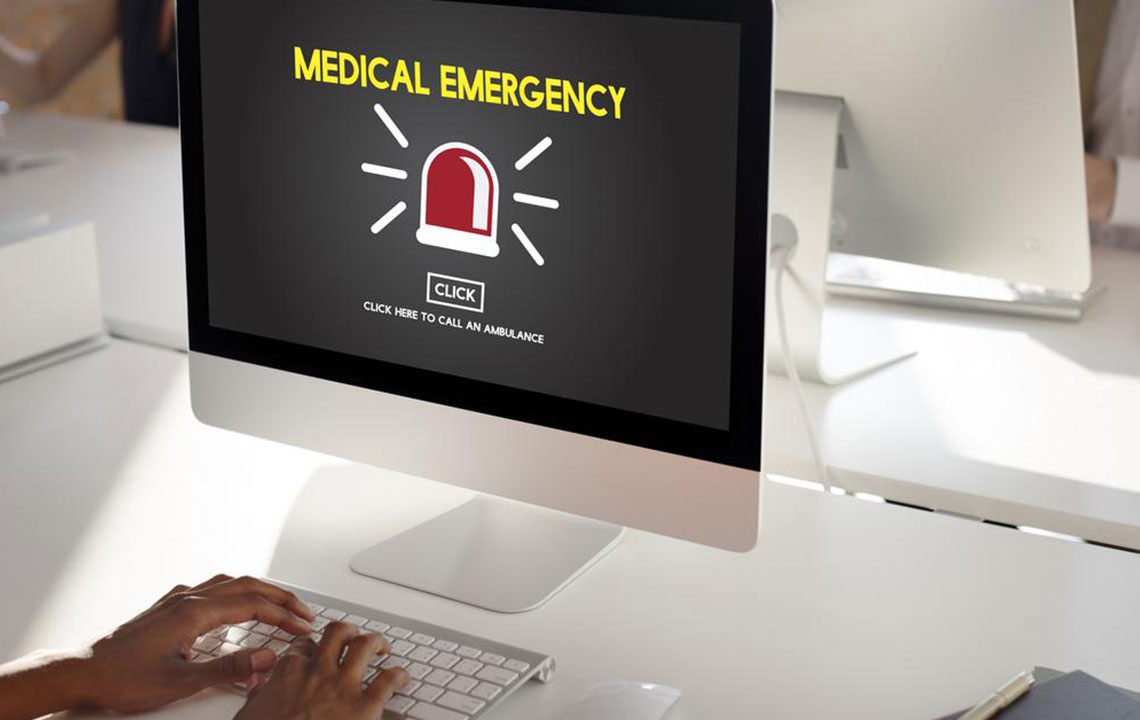Comprehensive Guide to Managing and Repairing Water Damage in Your Home
Learn comprehensive strategies for managing water damage in your home, including how to stop water ingress, remove standing water effectively, and disinfect affected areas. This detailed guide emphasizes safety and professional assistance to minimize damage and health risks, ensuring your property is restored efficiently. Whether dealing with minor leaks or severe flooding, following these steps can prevent mold growth, structural deterioration, and costly repairs, making your home safe and dry again.
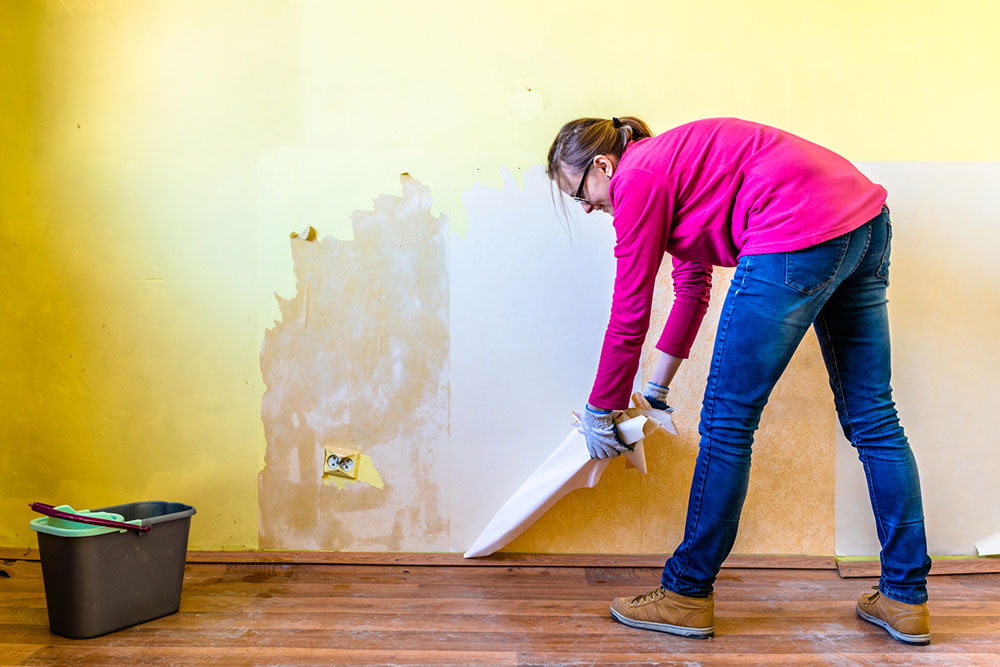
Proven Strategies for Handling Water Damage in Residential Properties
Discovering a wet and muddy floor in your home unexpectedly can be a distressing experience. Water damage is a common issue faced by homeowners and property managers alike, often resulting from leaks, flooding, or plumbing failures. Understanding the different types of water involved is crucial for effective mitigation and repair. The three primary categories include clean water, gray water, and black water—each requiring specific handling procedures.
To effectively address water damage in your home, it’s essential to follow a systematic approach that minimizes repair costs and health risks. The main steps include:
Interrupt the Water Source
Locating and stopping the source of water intrusion is the first priority. If the origin is clear, shut off the main water supply immediately. In cases where the source is uncertain, turning off the main valve prevents further flooding and damage. For electrical safety, disconnect power at the fuse box before entering water-affected areas. If water is near outlets or wiring, it’s safest to call a licensed electrician to handle the situation.
Limit Further Damage and Remove Standing Water
Swift removal of standing water is critical to prevent structural deterioration and mold growth. Use specialized tools such as wet/dry vacuums, sump pumps, or industrial-grade fans to extract water efficiently. Ventilate the area extensively by opening windows and doors to promote airflow. When handling potentially contaminated water, always wear protective gear such as rubber boots, gloves, and masks. Damaged furniture, carpets, and furnishings should be removed promptly to avoid mold development, which can set in within 24 hours of exposure. For flooring, consider removing damaged sections or even entire subfloors if necessary, as moisture trapped beneath can persist for months, causing long-term issues. To thoroughly clean and sanitize rugs and fabrics, seek professional cleaning services that specialize in water-damaged textiles.
Cleaning, Disinfection, and Prevention
Once water has been removed, the next step involves deep cleaning and disinfecting all affected surfaces. Use EPA-registered disinfectants suitable for the type of water involved—particularly important when dealing with gray or black water. Follow manufacturer instructions meticulously to ensure effectiveness and safety. Proper disinfection reduces the risk of mold growth and microbial contamination, safeguarding your health. Pay special attention to wall panels, flooring, and hidden spaces where water might have seeped into cavities. To prevent recurring issues, consider inspecting plumbing fixtures and sealing cracks or leaks. Professional mold inspections and remediation may be necessary if visible mold growth occurs, especially in cases of extensive water exposure.
Water damage restoration can be complex and expensive, especially for severe cases such as basement flooding or extensive structural damage. Acting quickly and following a structured plan greatly reduces repair costs, health hazards, and property loss. When damages are significant, consulting with certified water damage restoration specialists is essential to ensure thorough drying, cleaning, and repairs. By implementing these strategies, homeowners can restore safety, functionality, and peace of mind after water-related incidents.
